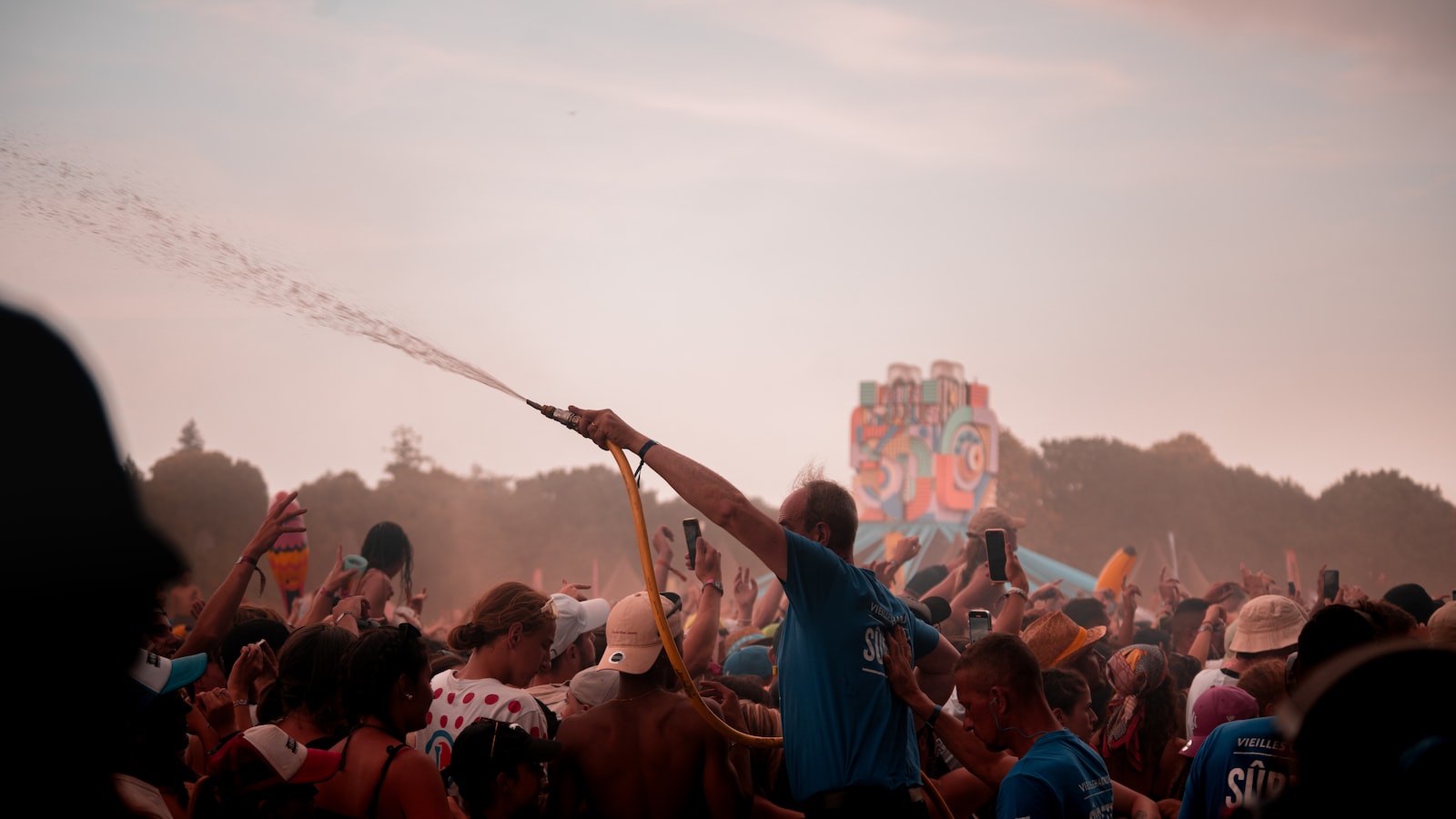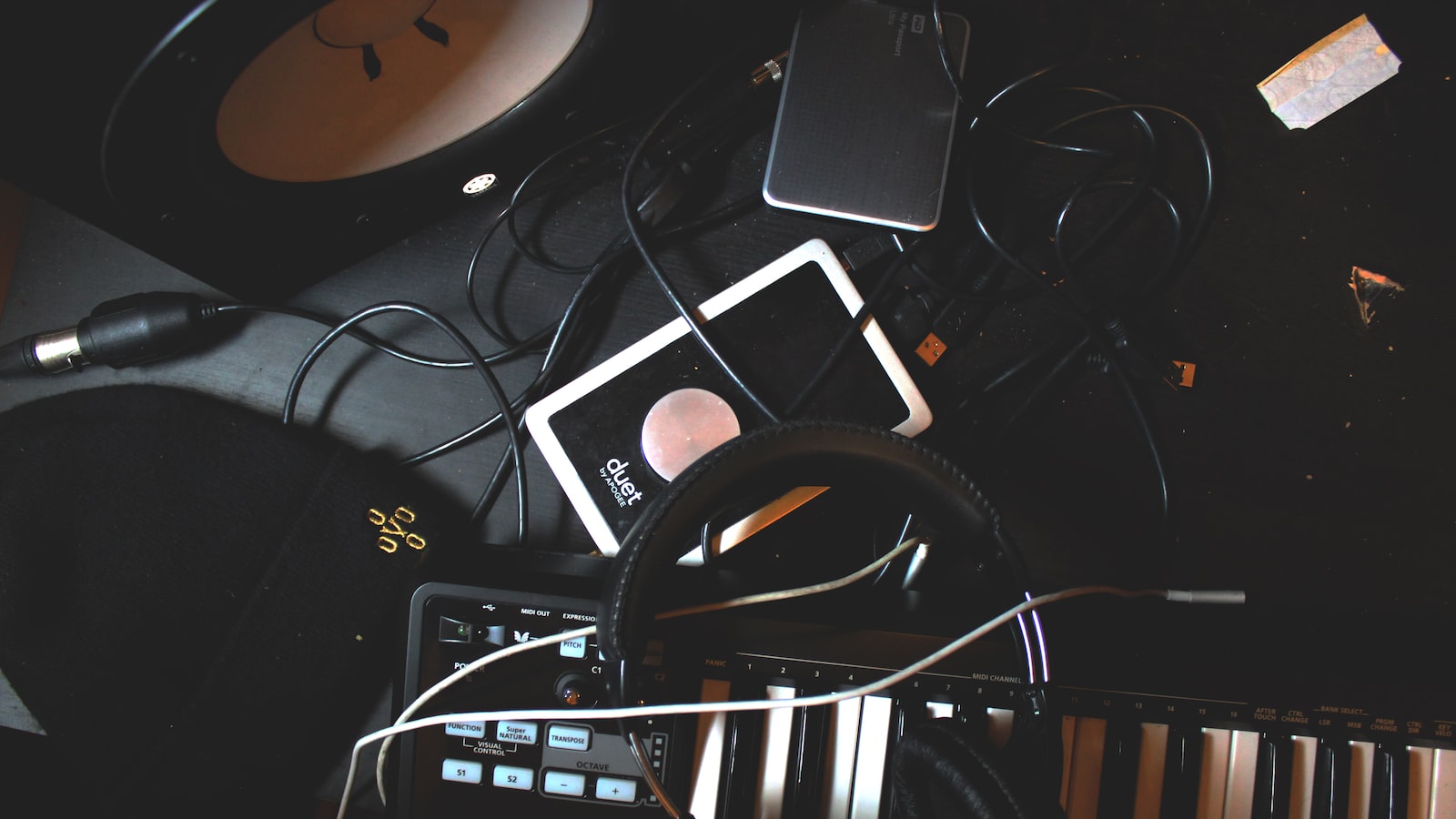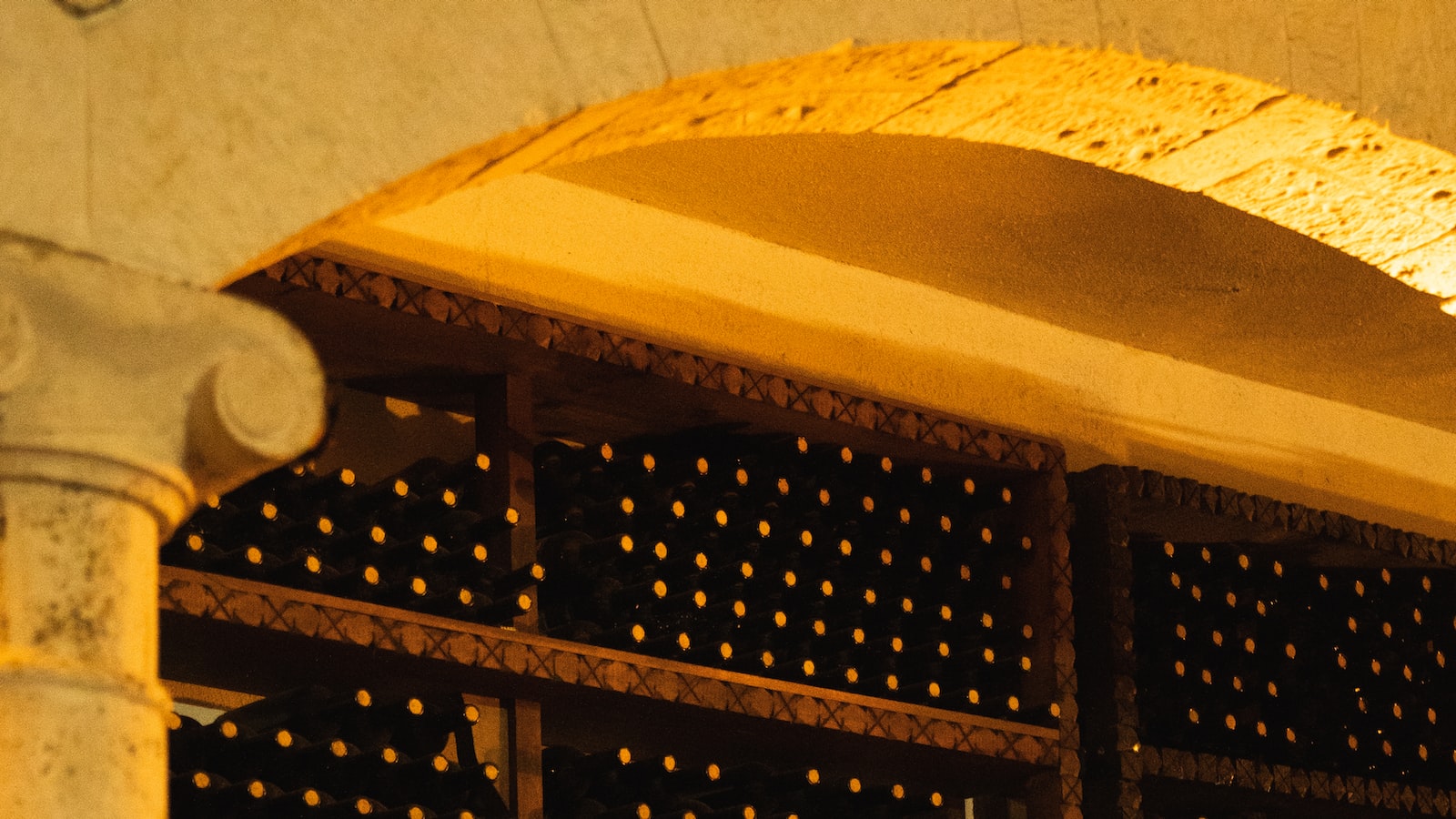The rise of DJ culture has become a major part of the entertainment industry, for many, a DJ isn’t just spinning beats. It’s an opportunity to create an energy, atmosphere and engage with an audience. In this article we explore the complex, creative and difficult art of crowd control. From learning the nuances of a crowd to adapting your music selection – read on to find out how to maximize your engagement from the decks.
1. Strategies for Audience Engagement
A key element of any successful presentation is audience engagement. Knowing how to interact with your audience is essential to ensure they take something away from it. Here are a few strategies to help get your audience more involved:
- Questions: Ask questions throughout your presentation to increase understanding and interest. It allows your listeners to express their own opinions and will mean they have more ownership of the experience.
- Engaging visuals: Visual aids that are colourful and relevant are a great way to help keep people engaged. Replace lists of points with diagrams, pictures or even videos. This will help to illustrate what you are saying so your listeners won’t get bored.
- Interactive sessions: Get your audience to collaborate with you and with each other. This could be in the form of group activities, role-playing or a discussion. Choose activities that are appropriate for the level of your audience and allow time for interaction.
These are just a few strategies to help you keep your audience engaged throughout your presentation. It’s important to remember to gauge the mood of your audience and adjust your presentation accordingly. By doing this, your audience will leave the presentation feeling like they have really learned something and contributed.

2. Effective Use of Music and Techniques
Music can be used to great effect when creating a movie or video. Music can evoke emotion, drive a story, and provide a backdrop to scenes. Here are some techniques to take advantage of when using music.
- Using a Narrator – Using a narrator in conjunction with orchestral or voice music can add a layer of emotion to characters and scenes.
- Timing – Using music at the right time during a movie can add layers of tension and draw the viewer’s attention to the moment.
- Ambience – Background music can subtly add atmosphere to a scene, without stealing attention away from the main action.
- Genre – Choosing the right genre for a scene will give the viewer a sense of the mood without having to actually show the emotion.
These are just a few of the ways in which music and techniques can be used to great effect when creating a movie or video. As mentioned earlier, music can evoke emotion, drive a story, and provide a backdrop to scenes. So, it is important to take the time to experiment with different genres, tempos, and techniques to find the right pieces for your projects.

3. Building Rapport on the Decks
- Understand the Needs of Your Audience
The key to building a strong rapport on the decks is understanding your audience. While it can be confusing to figure out who they are, it’s important to do the research. If it’s a party crowd, tailor the set to that and research the current music scene. If it’s a corporate event, it’s worth getting feedback from the organisers to tailor the event music. It’s also key to check out the kind of music people like playing in the local area.
- Listen to the Room
Once up on the decks, be sure to listen carefully to the room. How the audience is responding to each song you play will give you a better idea of what they want to hear. Make sure to use a wide variety of new styles, bring back old favourites, and keep the interaction with the audience going. It all helps in building a strong rapport throughout the set. Encouraging people to clap and sing along, or shout out their requests, builds a great atmosphere.
4. How to Add Variety to Your Set
Adding variety to your set can make your performance memorable. Grants you the ability to express emotion in your music in ways that are hard to achieve with one instrument. Here are some tips to add variety to your set:
- Experiment With Different Playing Techniques – You can add distinctive textures to your songs by experimenting and introducing techniques like fingerpicking, tapping, and harmonics.
- Include Loops or Samples – This is an effective way of adding different sounds into your set. You can also use software and hardware options such as ableton, or a looper pedal such as the Boss RC-3.
- Introduce Melody Instruments – Melody instruments, such as a violin or synth, add a lot of depth to any set and can create additional harmony parts.
- Incorporate Different Effects – Effects like chorus, compression, or reverb can transform your sound and give it a unique feel.
An acoustic set doesn’t have to be boring; there are numerous ways to keep the energy going while playing. Use acoustic tools like percussive elements like shakers and woodblocks alongside your guitar. You can also experiment with musical fusions and incorporate elements of different musical genres in your set. And if you’re feeling really bold, why not try playing an entirely different instrument for a few songs? There are endless possibilities of making your acoustic set captivating and unique.
Future Outlook
We’ve taken a look at the ways to engage your audience from the decks. By utilizing the power of crowd control to your advantage, you can help create an unforgettable experience for you and your audience. With this unique approach, you can make your sets stand out and create a truly enjoyable show for both yourself and the crowd.

